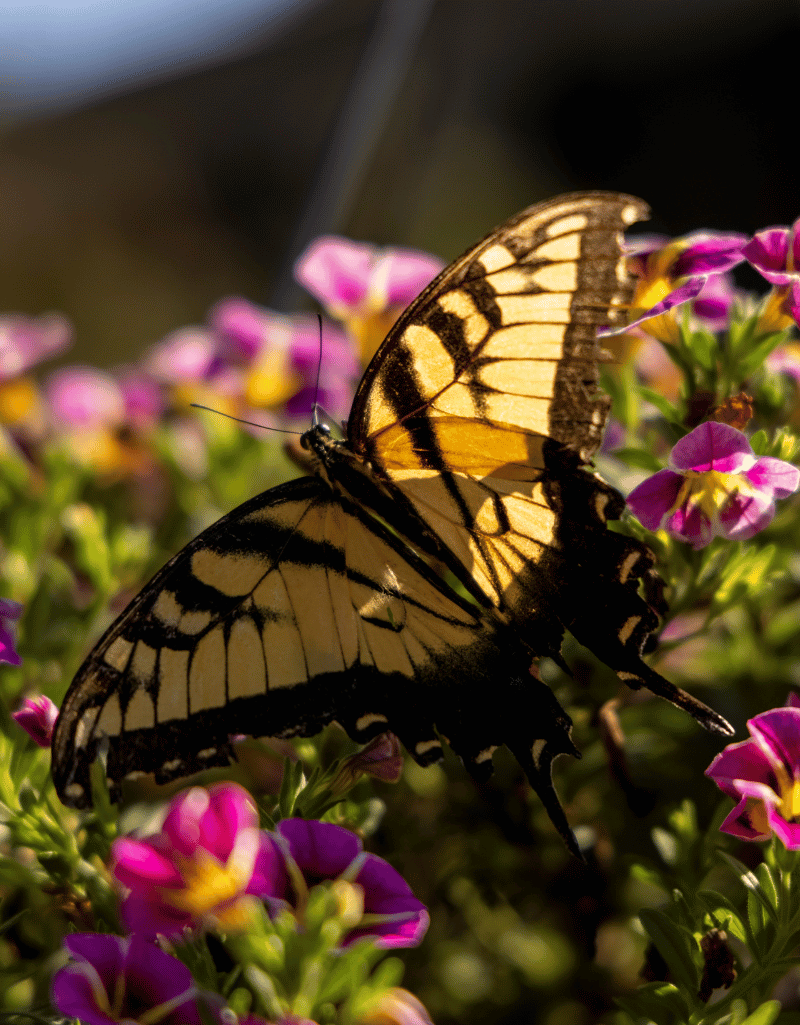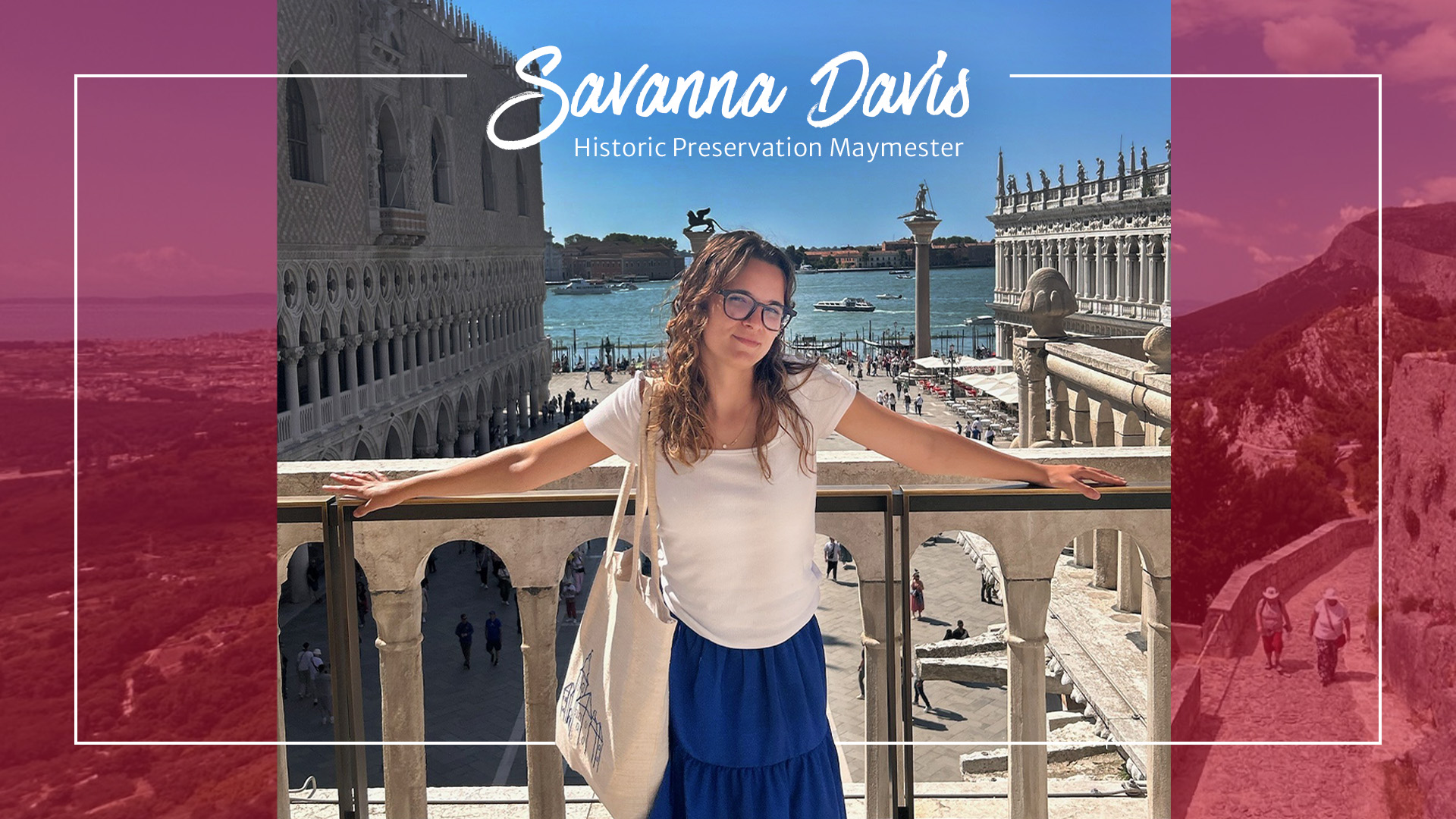courses that integrate meaningful community service with instruction and reflection
The Latest CED News
Hands-On Heritage: MHP Students Explore Preservation and Culture in Croatia
Second-year MHP student Savanna Davis shares her experience studying abroad in Croatia and Venice.
CED Students Publish New Issue of Georgia Landscape Magazine
The latest edition of Georgia Landscape Magazine is here! Written, curated, and produced entirely by CED students, this annual publication showcases fresh perspectives on landscape architecture.
Students get hands-on experience at historic Athens property
Historic Preservation students are exploring the history of the land to support ACC planning efforts.
A Letter from the Dean: A Year in Review
As we reflect on the 2024–2025 academic year, I’m delighted to share that our college continues to build on last year’s momentum with exciting new programs, sustained enrollment growth, and a strengthened faculty dedicated to excellence in teaching, research, and community engagement.













